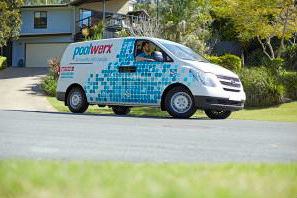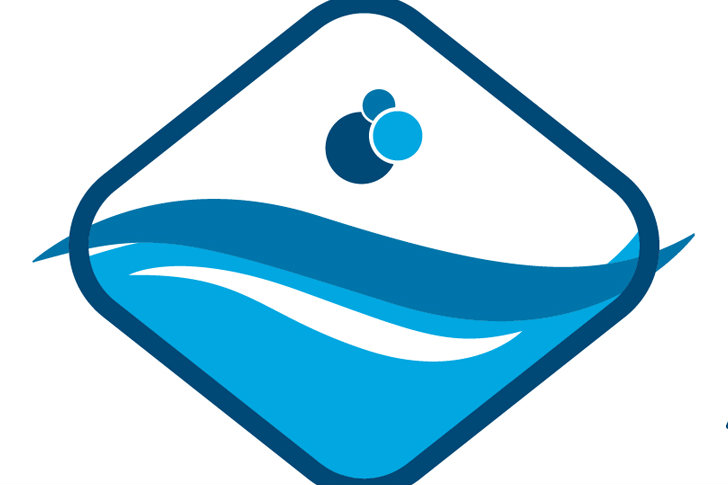In late winter 2021, I entered into an agreement to purchase Adcock Pool and Spa in Southern Mississippi. I immediately decided that we needed to take the organization into growth mode so that we could afford to sustain the transition and get the business prepared for the impending recession that economists were predicting.
I was presented with a challenge: How could I grow the business while the country was amid a pandemic and a labor shortage? I needed to put together a marketing plan for the business.
In exploring this subject, I gained a better understanding of our staff, which had ripple effects on all aspects of the company.
The less obvious route
There are two primary channels when it comes to marketing — public relations and human resources.
While public relations may seem the more intuitive of the two, my primary marketing strategy is to maximize the potential of each existing customer and employee before I spend a single dollar trying to lure new ones.
Accordingly, I needed to figure out a metric to measure the performance of each employee. Were we maximizing each one’s potential? If not, how could we? I decided to focus on the culture of our business to see how tuned in our employees were.
After performing an internal audit on the culture of the business, I thought I discovered that we had a big generational gap in our primary employees. Because of this gap we had fractured into separate groups of employees that were at odds with others who fit into different generational classifications. I needed to figure out how to close this gap and essentially build a bridge from one side of the divide to the other.
To develop a strategy for closing this gap, I determined that I needed to better understand who our employees are and what motivates them.
The first tactic I used to better familiarize myself with each employee was having each staffer take a Meyers Briggs Personality Assessment. This free test helps determine which of 16 distinct personality types the employee falls under. I emailed a link of the assessment to everybody on my staff. In addition, I started having all new hires complete the assessment. The results I received back from the Meyers Briggs assessments were enlightening.
From our employees’ Meyers Briggs assessments, I learned that it didn’t really matter what age group our employees were. The assessments helped me to understand that we all have a distinct way of interacting with one another. And based upon our personality profile we tend to be introverted or extroverted, aggressive, or passive, judgmental or accepting.
Understanding personality types
After learning the characteristics of a personality type, I could better understand that the way our employees interacted wasn’t necessarily directly a result of their personality, but rather was related to their personality type.
Understanding this helped take the sting out of the personal conflicts we were having. With a better understanding of the differing personality types I decided to start having one on one meetings with each employee.
In early Spring 2021 I began meeting with each employee individually. Prior to our meeting I would email a link to the Meyers Briggs Assessment and then ask the employee to come to our meeting prepared with a list of goals. I wanted to hear about their specific goals for the next six months, the next year and then 2- and 5-year goals. Everyone has bills to pay, but I wanted to find out the “why” proposition of each employee.
Having each employee bring me a list of goals helped determine that not all employees are motivated by money. In fact, a big percentage of our employees had goals that were not related to money, but rather health and fitness, hunting/fishing and other recreational goals, or perhaps spending more time with family.
Of the employees who had financial goals, almost all of them were rooted in the desire to own a home of their own.
In terms of actual generational differences, the biggest lesson I learned was that the older group of employees seemed to be motivated more by time off and extra time to spend with family, whereas the younger group seemed driven by the desire to belong to something bigger than themselves, while still maintaining a path to homeownership. I now had a data set that I could analyze to determine the best path forward for the business.
It took me almost a month to complete my employee meetings. The time spent getting to know each individual was one of the most valuable time investments in my career. I made a point of memorizing specific aspects of each employee’s life and goals. What we did with our data has had tremendous ripples across our company. In the next column I will delve into our strategy and implementation.



